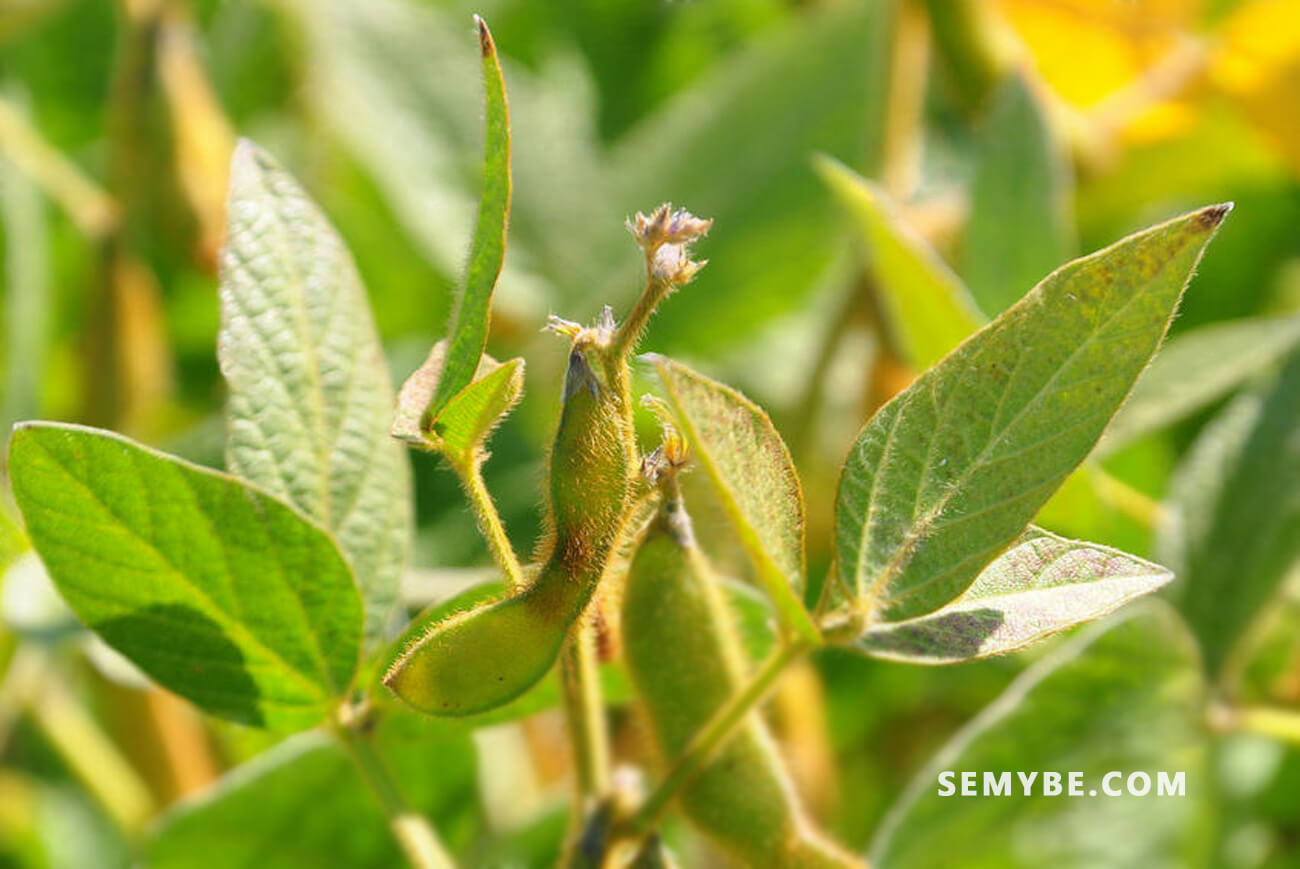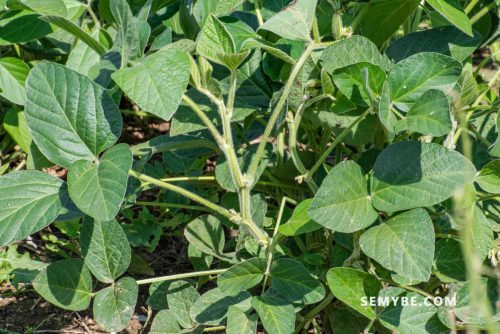
Glycine Max
1. History and use
Soybeans, probably native to Australia and then established in Asia, have been consumed in China for at least four millennia and are part of the so-called sacred grains, alongside rice, wheat, barley and millet. As a basic element of the Asian diet and cuisine, the phytotherapeutic properties of soy have only recently been rediscovered in the West since the 1990s in herbal medicine, whereas the plant was introduced in Europe in the 17th century.
However, it has long been a traditional Chinese medicine remedy for its antipyretic effect and its sedative properties. It was by noting that Chinese or Japanese women had fewer menopausal symptoms and less osteoporosis than its effects were put forward. Its interest in the prevention of certain cancers is the subject of important research. Particularly in the United States where products containing at least 6.25 g of protein s are considered by the FDA as health products involved in the prevention of cardiovascular risks.
2. Description of the plant
Soybean is a leguminous plant of the same family as peas, and is an annual herb with a stem up to 2 m long, with so-called trifoliate and oval leaves similar to those of beans. Leaves are small, white to purple, clustered with up to five flowers, and the soybean is a pod-shaped fruit with two to four seeds. Soybeans grow all over the world and are used primarily for animal feed, in the form of cakes or flour.
The constituents of soya are very numerous.lt is especially important, for their medicinal value, essential fatty acids (such as linoleic acid, an omega 6), phospholipids high content in lecithin, many proteins and, most importantly, isoflavones, three of which are mainly genistein, daidzein and glycitein. These are phytoestrogens, that is substances with similarities to estrogen, which lead to so-called estrogenic effects. The latter play a role in relieving the evils of menopause. The soy lecithin extracted from the seed contains many essential polyunsaturated fatty acids, useful in the fight against bad LDL cholesterol.

3. Curative action internal
- Use
Fight against the effects of menopause: hot risk of flushes, weight gain and the osteoporosis in menopausal women. Hypocholesterolemic properties: useful for diabetics in the treatment of cholesterol and triglycerides and hypolipidemic Decreases the risk of cardiovascular disease for postmenopausal women.
- External use
In the form of moisturizing creams to fight against dryness of the skin.
- Usual therapeutic indications
Hormonal sphere: in postmenopausal women, to counter the inconvenience of this period of female life, especially hot flashes (up to 50% decrease according to some studies) or night sweats, hyperplasia hypocholesterolemic properties of soy have a certain interest in the fight against cholesterol.
Soya reduces total cholesterol and bad cholesterol (LDL) and allows to regulate the triglycerides (fats) of the body.
lt is thus recommended in diabetes, but also in the menopausal women, in prevention of the risks of cardiovascular osteoporosis, Cardio-vascular benign prostatic sphere: hypolipidemic the and case of diseases. Heteratic sphere: chronic hepatitis, more generally on numerous malfunctions liver.
- Other therapeutic indications demonstrated
In people who are obese or suffering from renal insufficiency, soybeans progression slow down the of soybeans.The isoflavones contained in soy also have antioxidant properties (especially genistein), and therefore act to prevent certain cancers such as breast cancer, endometrial or prostate cancer in humans.
4. Uses
Soy isoflavone supplementation is used in menopausal women conventional as substitute for hormonal treatments.The recommended dosage may vary from person to person, but in most cases the dosage is 2 capsules per day. soy lecithin capsules to be taken at an average dosage of 1500 mg / day It is of course very interesting to consume it fresh, in its various forms: oil (do not use for frying), tofu, milk.




